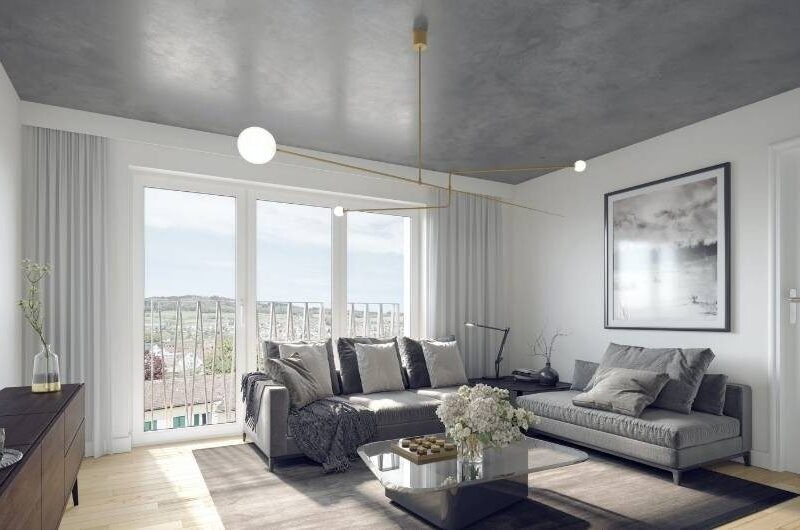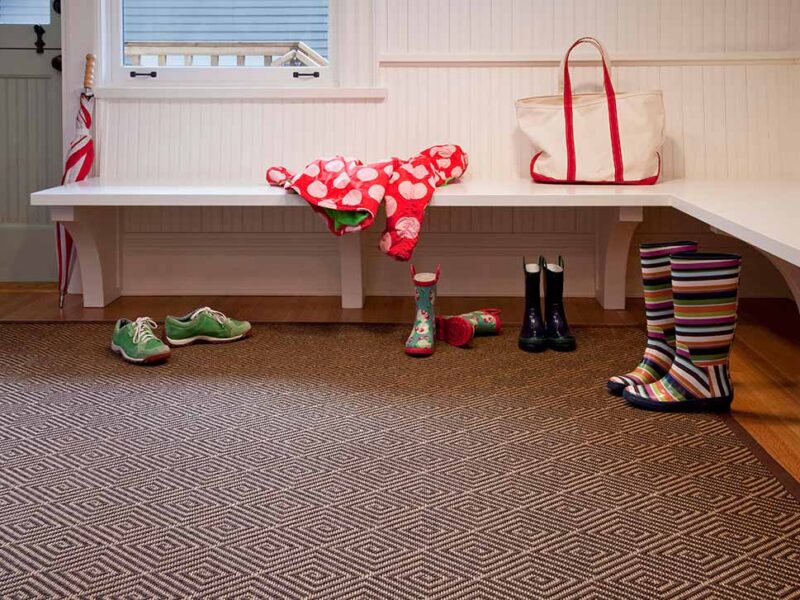According to recent reports, the United States is home to about one million saunas right now, and that figure has been growing for years. It’s expected to continue on an upward trend moving forward. While some of those saunas are located at spas and fitness centers, a growing number of people are installing them in their homes.
Those who are thinking of joining the crowd and adding their own private saunas to their homes shouldn’t take a decision like this lightly, as saunas can be major investments. Beyond that, it’s important to get the most use out of the sauna and make sure it lasts as long as possible. While browsing through outdoor saunas for sale online, keep the following points in mind.

Which Type of Sauna Is Best?
Different types of saunas are available. In general, they’re all designed to generate heat and instigate significant sweating for therapeutic purposes. However, each type works a bit differently. Conventional Finnish saunas use steam, but modern versions of these saunas can generate steam in different ways.
Traditionally, saunas contain pits filled with hot stones. Water is poured over those stones to create steam. They can also be equipped with boilers that create steam from hot water. Other steam sources can be used as well.
These saunas, or steam rooms as they’re sometimes called, aren’t quite as hot as dry saunas. They generally range between 100 and 120 degrees Fahrenheit. Still, due to the steam and humidity, they tend to feel much hotter.
On the other hand, dry saunas don’t use steam. As the name indicates, they provide dry heat without excessive humidity. These types of saunas can reach temperatures of 180 degrees Fahrenheit or so. They can be heated with wood, electricity, gas, or infrared technology.
That brings us back to the question of which one is best. Studies show that both dry and steam saunas are equally beneficial from medical and scientific perspectives. Determining which one is best for a specific user is basically a matter of preference.
Some feel that dry saunas are a bit more uncomfortable than steam rooms due to their higher temperatures. Others aren’t too keen on the stickiness and humidity of steam saunas. Furthermore, certain users prefer the more efficient heating of infrared technology. That option heats the body directly rather than heating the air around those inside a sauna, so not as much energy is wasted heating empty space.
Portable or Stationary?
Another point to think about is whether a portable or stationary sauna would be better. Portable saunas offer the obvious benefit of being easily moved from one place to another. That gives people a great deal of freedom and flexibility when it comes to choosing where to place their saunas. The downside is that portable models are often less durable than their immobile counterparts.
Stationary saunas are more common. They’re heavier, and they’re permanent installations outside a home. That means they can’t simply be dismantled and moved at will. That said, they tend to last longer and aren’t as vulnerable to unexpected hazards, like tree limbs, rocks, and lawn furniture.
Which Materials Are Most Desirable?
Numerous materials can be used to build saunas. Some portable models are inflatable and made of PVC or other types of plastics. They’re lightweight and somewhat durable. Many people feel they just don’t offer the same allure as those made of other materials.
Wood is most commonly used for sauna construction. Several varieties of wood lend themselves to this purpose, with cedar being one of the most popular because of its natural resistance to moisture, decay, and insect invasions. Some people have unpleasant reactions to the oils found in cedar, though.
Other types of wood that are great for saunas include poplar, spruce, and redwood. Some are even made of ceramic or porcelain tiles. A few models feature marble, granite, and other types of natural stone as well.
Overall, the previously mentioned varieties of wood are recommended for saunas as opposed to plastics and stone. That’s particularly true for stationary models. With the right types of wood, a sauna can be more resistant to moisture, heat, and other hazards.
How Big Should the Sauna Be?
Saunas are available in a range of sizes. Some only measure a couple of feet in length and width and four feet or so in height. Others are quite a bit larger. Covering all the possible sizes in a single sitting would be virtually impossible.
Keep in mind that the smallest versions are only designed for a single person. Larger models can accommodate anywhere from two people to entire groups of sauna enthusiasts. As such, deciding how many people will be enjoying the sauna at any given time is crucial. After determining the desired occupancy levels, it’s time to move on to the various sizes and choose one accordingly.
How Much Space Will Be Needed for the Sauna?
In addition to choosing a size, it’s important to understand just how much space the sauna will take up. Remember, there are more aspects to think about than the dimensions of the sauna itself. If it uses external heating equipment, additional space will be needed to accommodate it.
Overhead clearance is a consideration as well. Because of that, installing a sauna on a covered porch may not be a good idea. Enough additional square footage to allow for safe, comfortable entry and exit will be needed, too.
Keep all those aspects in mind when figuring out how much space will be necessary for the sauna. Buyers should use the provided dimensions of the saunas they’re considering to help determine the amount of room they’ll need and factor in all those extra considerations from there. It’s always better to overestimate than to underestimate.
Where Should the Sauna Be Placed?
Next, consider the best place to install an outdoor sauna. Several factors come into play here as well. One of the most significant would be determining which areas around a home offer the right amount of space for installation. Understanding how much space the sauna will need comes into play here. Be sure to measure thoroughly to ensure the sauna will fit before trying to install it.
Proximity to the House and Other Features
For some people, installing a sauna on or near a porch or patio is the best option. That allows fast, simple access to their homes before and after enjoying the sauna. Others choose to install them near a swimming pool for a quick cool-down after taking a sauna. In contrast, certain people prefer their saunas to be a bit further away from their houses for various reasons.
Access to Utilities
Saunas may also need to be installed in areas where utilities are readily accessible. Those with electric heat will need to be connected to a power source. Those heated by gas should be located near a gas supply line. In some cases, saunas may need to be connected to plumbing as well. While utilities can be extended to reach a sauna, that will drive up the cost of installation.
Enjoying a View
For many, the view from the sauna is a primary factor. Those who live near a lake may want to be able to admire it while taking a sauna. Homeowners with a gorgeous mountain view may want to take full advantage of that feature. To fully enjoy a specific view, be sure to not only choose the right location but also position the sauna accordingly.
Privacy
Privacy may also be a significant issue. Many saunas, particularly those made of wood, are inherently private because prying eyes can’t see into them. Still, users may not want outsiders to watch them enter and exit their saunas. The less privacy a location offers, the more likely uninvited guests are to appear.
Furthermore, not all saunas offer as much privacy as wood models. Some have glass or acrylic doors that allow users to see the views around them. While that could be considered a benefit, it’s also a portal for neighbors and passersby to peek inside.
Homeowners should view the area at a distance to better understand how much, or how little, privacy the location will offer. Consider where it could easily be connected to utilities. Think about the desired view if the sauna includes windows or see-through doors. Use those points to help decide exactly where the sauna should be installed as well as its orientation.
Maintenance
All saunas require a certain level of maintenance. Steam models require more upkeep than dry ones. Infrared saunas are reported to need the least maintenance. In addition to maintenance, saunas should be cleaned between uses to maintain sanitation and keep odors and mildew at bay.
Finding the Right Sauna to Suit Your Needs
Saunas are gaining popularity, especially residential models. Numerous sizes, styles, and types of saunas are on the market, and they can be made of an array of materials. When choosing a sauna, keep those factors, as well as the previously mentioned location considerations and maintenance, in mind to help choose the right one for your needs and expectations.



